When it comes to your vehicle’s performance and safety, few components are as critical as the CV joints. These essential parts play a pivotal role in the functionality of your vehicle’s drivetrain, ensuring smooth and seamless power transfer from the transmission to the wheels.
With such an important role, we are sure you know what we are about to say…
It’s essential to understand the signs of wear and tear! Let’s dive into what CV Joints are, how to spot signs that they need replacing, and some good maintenance tips to keep your car in great shape.
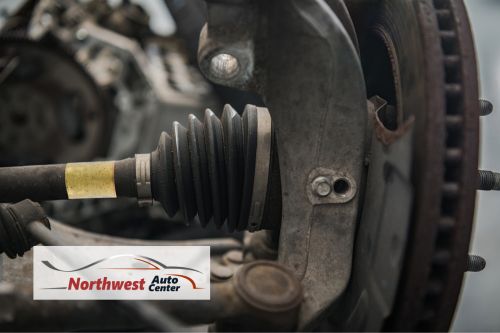
Understanding CV Joints
Constant Velocity (CV) joints are designed to accommodate the continual motion and varying angles of the wheels as the vehicle navigates turns and uneven terrain. Most modern cars come equipped with two types of CV joints – inner and outer – and are found in front-wheel-drive and all-wheel-drive vehicles. They are also found in some rear-wheel-drive cars, but not all models (make sure to check your car’s manual or talk with your mechanic to find out if your RWD has CV joints).
The inner CV joint connects the driveshaft to the transmission, while the outer CV joint links the driveshaft to the wheel hub. Both joints work in tandem to provide flexibility and allow the wheels to move freely while maintaining a constant rotational speed.
Signs of CV Joint Wear
Clicking or Popping Noises
One of the earliest signs of CV joint wear is a clicking or popping noise, especially when making tight turns. This indicates that the joint’s protective boot may be compromised, allowing dirt and debris to enter and cause damage.
Vibrations During Acceleration
It could be a sign of CV joint wear if you notice vibrations, particularly during acceleration. Worn-out joints can cause an imbalance, resulting in a noticeable shake in the steering wheel or throughout the vehicle.
Grease Leakage
The CV joint is lubricated with a special grease that prevents friction and wear. If you observe grease on the inner edges of the wheel or around the CV joint, it suggests a damaged or deteriorating boot. Prompt action is essential to prevent further damage.
Difficulty Turning
A vehicle with excessively worn CV joints may exhibit difficulty turning, especially at lower speeds. This can manifest as a resistance or “binding” sensation when steering, indicating a joint flexibility problem.
It can also cause a grinding noise or shake when turning.
Visible Wear on the CV Joint Boot
Regular inspections of the CV joint boots are crucial. Cracks, tears, or other visible damage to the boots can allow contaminants to enter the joint, leading to accelerated wear and potential failure. If the boots are cracked or broken, they will leak grease out of the joints due to centrifugal force which causes the joints to fail due to lack of lubrication.
Replacement Tips for CV Joints
Address Issues Promptly
If you notice any signs of CV joint wear, addressing the issue promptly is crucial. Ignoring these warning signals can lead to more severe damage, resulting in a compromised drivetrain and increased repair costs.
Complete CV Joint Replacement vs. Boot Replacement
Sometimes, a damaged CV joint boot can be replaced without replacing the entire joint. However, if the joint has significant wear or damage, a complete replacement is recommended to ensure long-term reliability.
One way to avoid a complete replacement is to catch early warning signs. Taking good care of your vehicle and addressing concerns as they arise saves you money!
Quality Replacement Parts
When replacing CV joints, investing in high-quality, reliable replacement parts is essential. Choosing OEM (Original Equipment Manufacturer) or reputable aftermarket parts ensures compatibility and longevity.
At Northwest Auto Center of Houston, we pride ourselves on providing the best service and performance parts. We can help you get back on the road. Call us today at (281) 894-8880.
Professional Inspection and Installation
While some automotive enthusiasts may attempt a CV joint replacement as a DIY project, it’s often recommended to seek professional assistance. Certified technicians have the expertise and tools to thoroughly inspect, diagnose underlying issues, and execute a precise installation.
Regular Maintenance
Preventive maintenance is critical to extending the lifespan of CV joints. Regularly inspecting the boots for damage, checking for leaks, and ensuring proper lubrication can help identify potential issues early on and mitigate the risk of extensive damage. These inspections should be performed whenever you have your oil changed by your mechanic.
Keeping Your CV Joints in Great Shape
In the intricate dance of vehicle mechanics, CV joints are the unsung heroes that enable seamless motion and precise control. Being attuned to the signs of wear and taking proactive steps toward replacement when necessary is essential for your vehicle (and wallet).

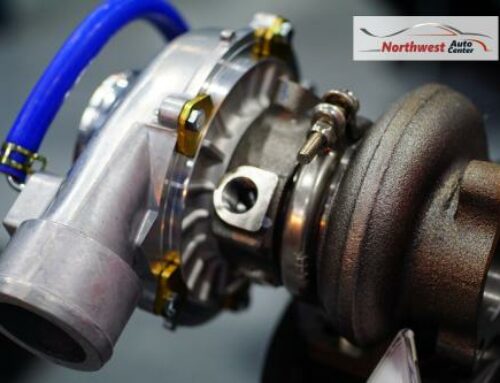
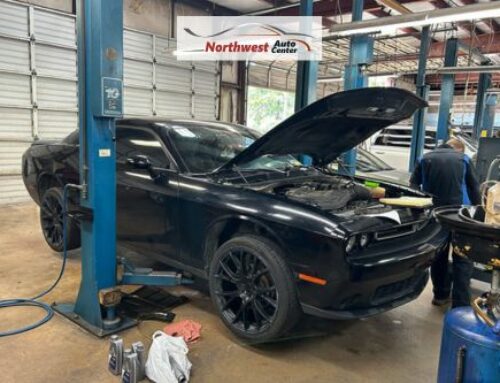
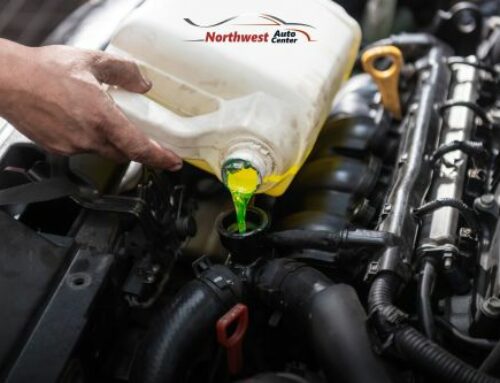
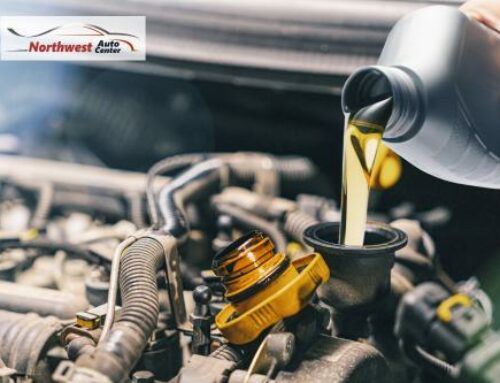
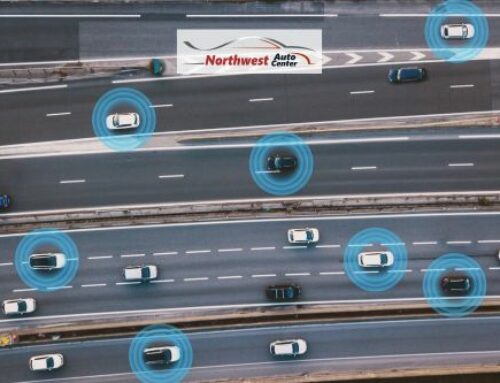
Leave A Comment
You must be logged in to post a comment.